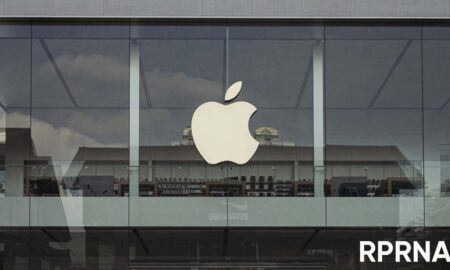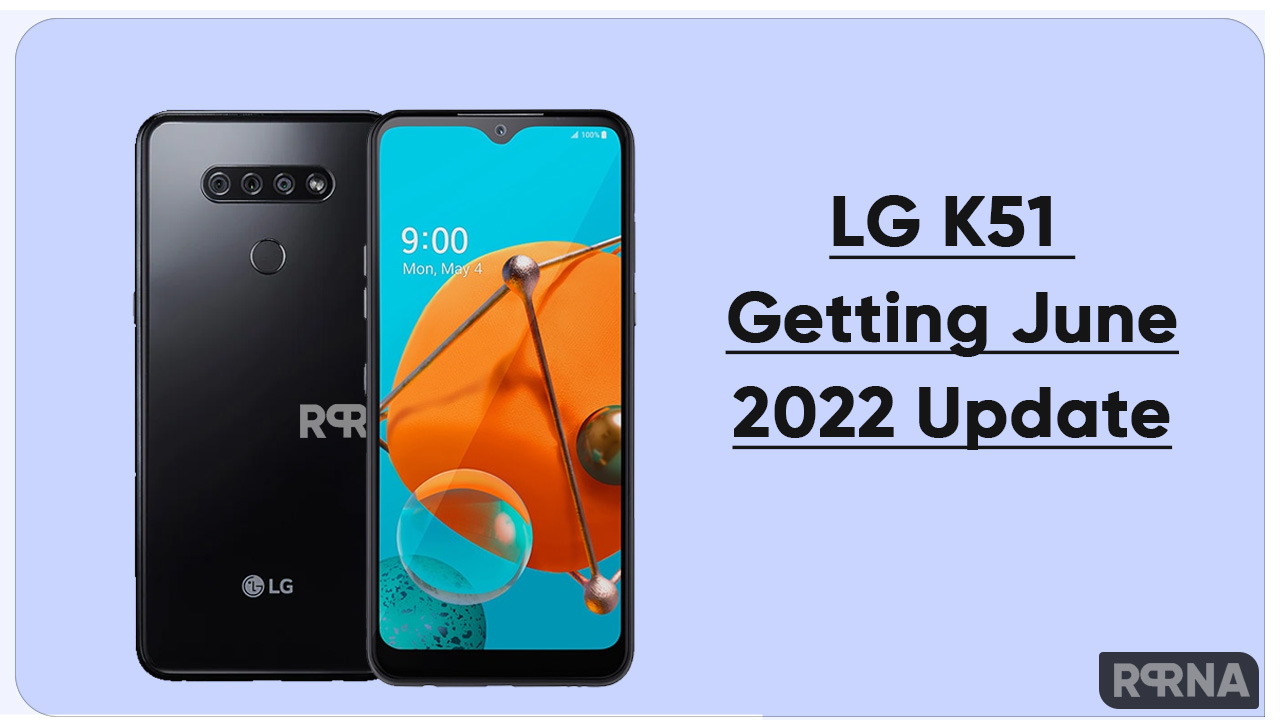Search results for "LG"
-

 494News
494NewsApple Watch Micro-LED project halted: LG seeks compensation
Top 3 Key Points: Apple canceled plans for a micro-LED Apple Watch due to production challenges. LG, a display supplier, invested heavily...
-

 655News
655NewsLG Electronics applied trademark related to virtual companion animal business in US
According to the latest report, LG Electronics has applied for a trademark related to the virtual pet business in the United States....
-

 581Business
581BusinessLG New Energy’s Q3 revenue exceeds USD 5.3 billion
According to the latest report, with the increase in demand for electric vehicles, manufacturers are continuously increasing production, which has also increased...
-

 589Phones
589PhonesApple wants Samsung and LG to develop foldable display for iPad/iPhone
Most major smartphone manufacturers have their own foldable smartphone range, Apple also wants to be a part of the foldable smartphone market...
-

 721Updates
721UpdatesRedmi Note 11T Pro July 2022 update optimizes app background algorithms
Xiaomi has started rolling out a new software update for Redmi Note 11T Pro and Redmi Note 11T Pro+ smartphone users, mainly...
-

 836News
836NewsVerizon LG V50 ThinQ gets Android 12 update with various new features
Android 13 update is just around the corner, but at this time LG is seeding its devices with the Android 12 update,...
-

 1.2KUpdates
1.2KUpdatesLG K51 getting June 2022 security patch in the US (Verizon)
When comes to the Android security patch every smartphone brand takes care of its devices and LG is also one of the...
-

 1.7KUpdates
1.7KUpdatesLG rolling out June 2022 security patch for LG Velvet 5G UW devices
LG is a popular South Korean multinational company. It is always in news headlines due to its electronic products and devices. Likewise,...
-

 595Business
595BusinessLG Display’s OLED panel expansion plans slow due to supply chain limitations
According to the latest report, the shortage of chips that started at the beginning of last year has affected many fields such...
-

 473Electronics
473ElectronicsLG launched Star Wars customized version of 65-inch C2 OLED TV
LG Star Wars customized version of the 65-inch C2 OLED TV is now available overseas, priced at $ 2,999, as compared to...
